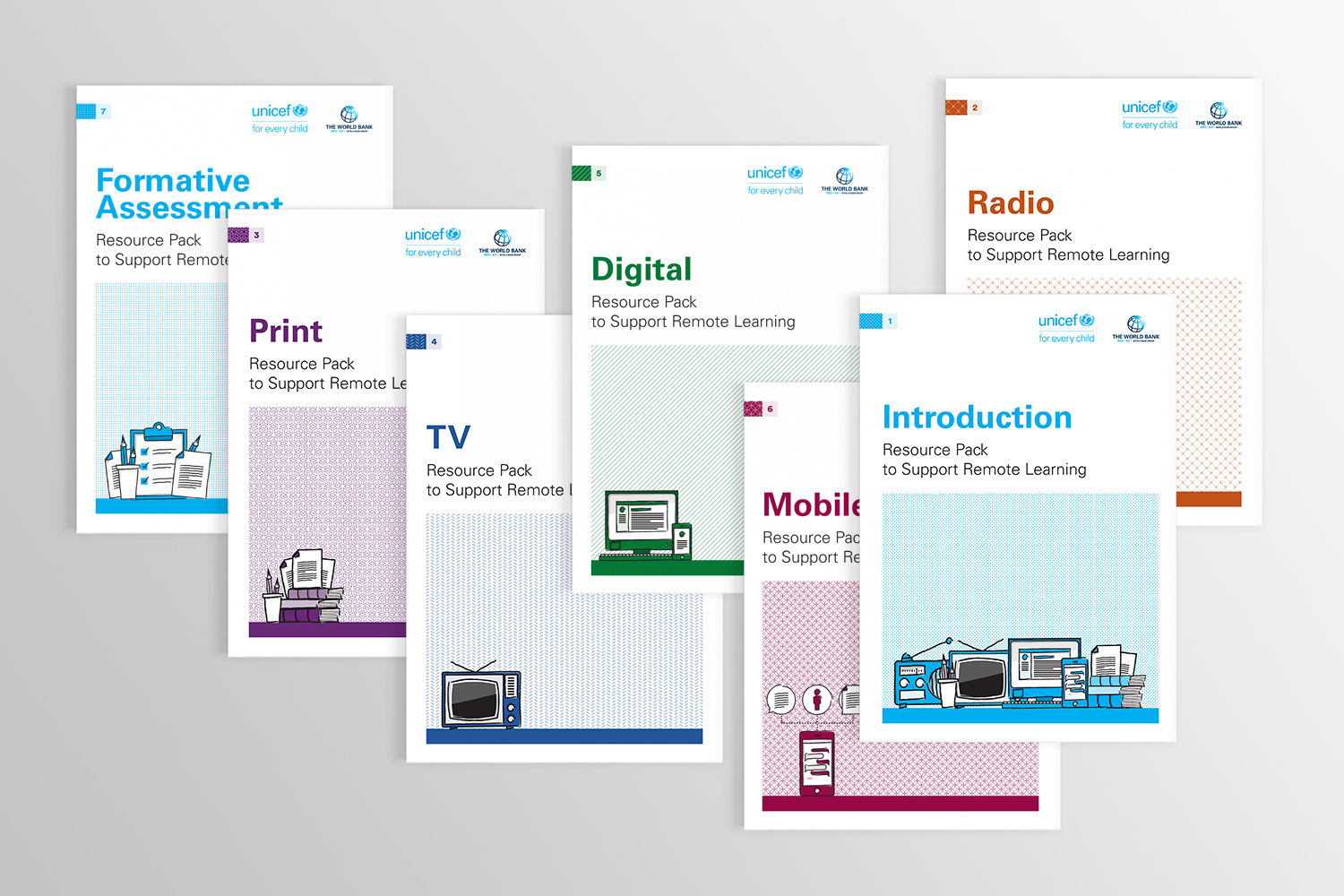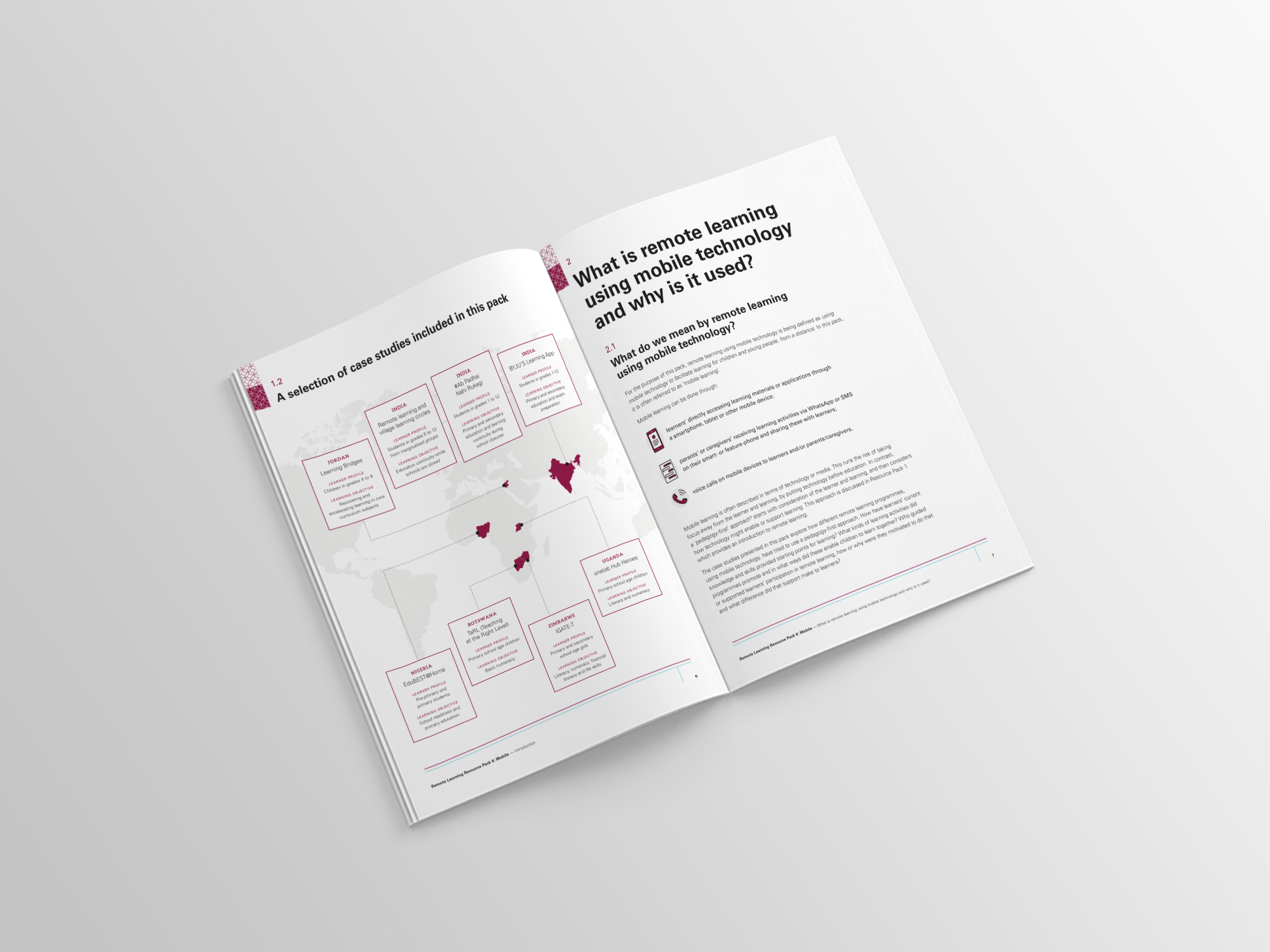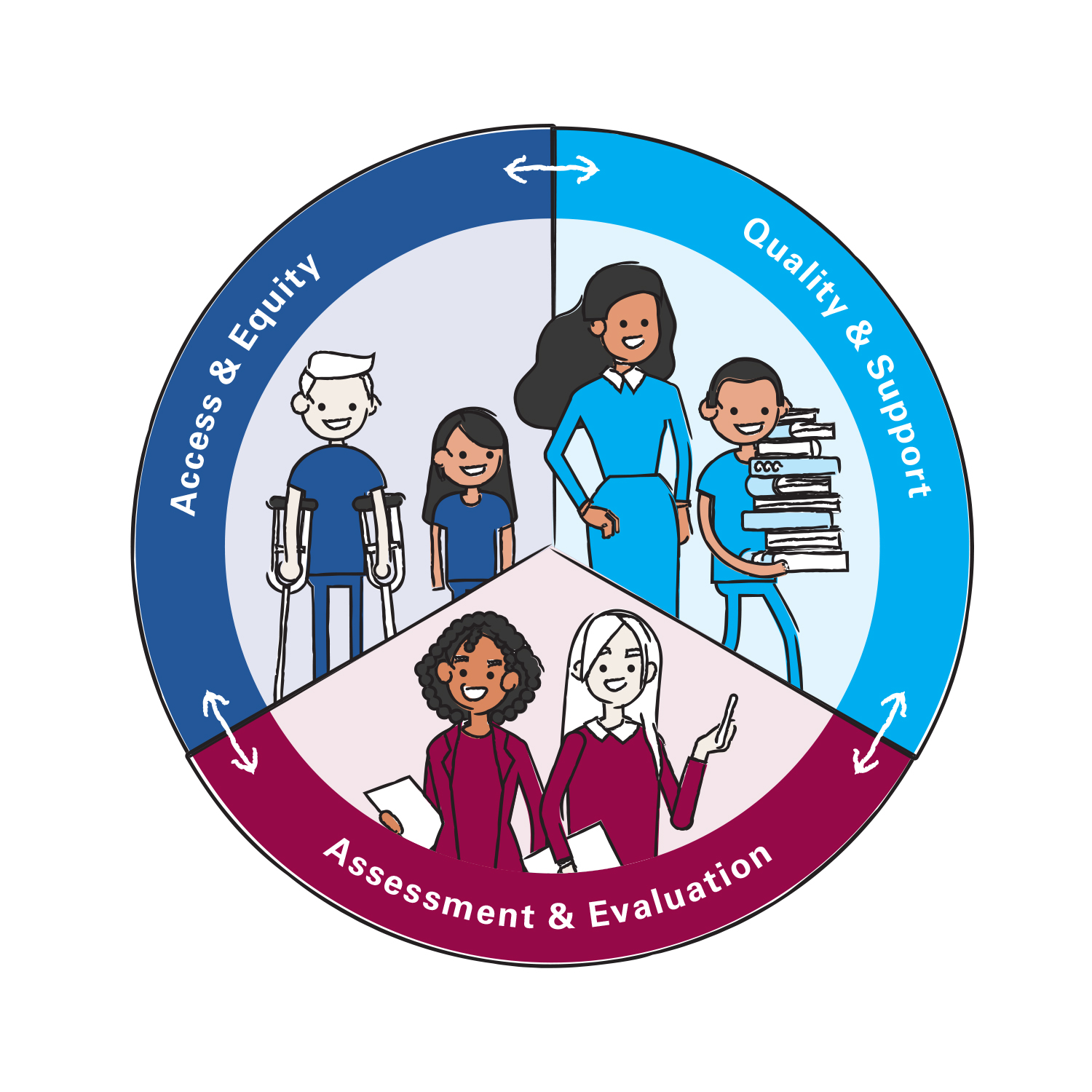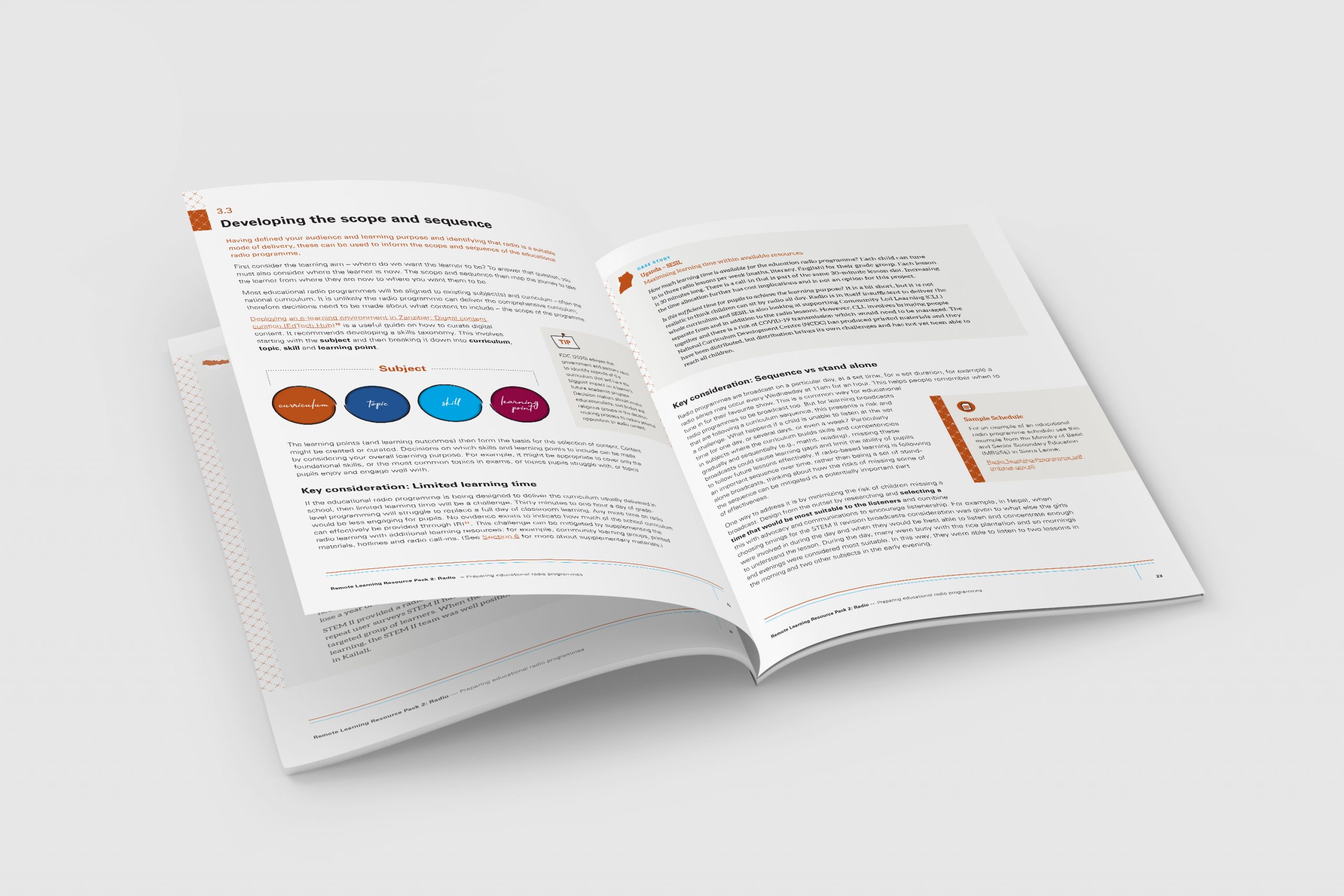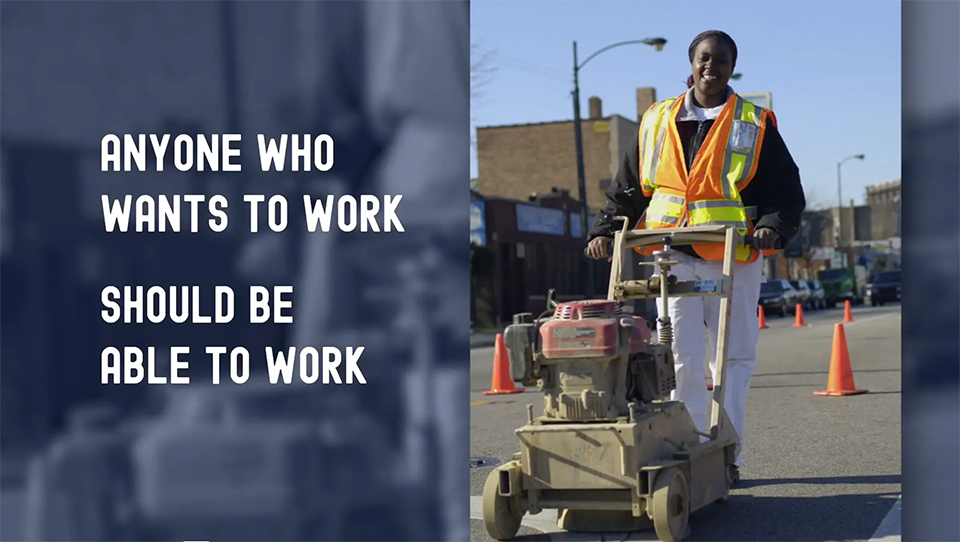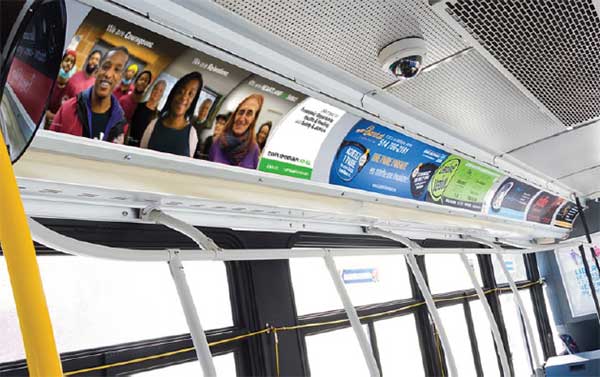Client
UNICEF and the World Bank tasked Cambridge Education to produce a set of seven resource packs for remote learning. The goal was to support quality education for learners in developing and humanitarian contexts confronted by COVID-19. Each resource pack was to cover early learning, primary and secondary grades and approaches for the most marginalized learners. Cambridge Education wanted to help chart the course for someone who had never designed a curriculum or remote learning program before. The resource packs needed to be colorful, engaging, and full of case study and workbook-style content.
Challenge
COVID-19 posed significant challenges to education systems around the world. Overnight, teachers and students found themselves separated from their education environments; learning was interrupted. Remote learning offered a means to continue. For Cambridge, in addition to the time pressure, the challenge was in determining a structure for the resource packs that delivered lots of high quality content while being engaging, “do-able”, and able to spark the reader’s thinking. Content included myriad case studies that used each type of remote learning tool, such as national educational television programs in Vietnam, exam preparation using a mobile app in India, and more.
Aha! Moment
We determined that each pack needed to feel accessible and useful–not precious. It needed engaging imagery, graphics, and call outs to help the reader if they wanted to jump around while exploring the content. The reader could feel comfortable jotting notes in the pack itself, envisioning the program design for their particular context.
Solution
We collaborated with Cambridge Education to first identify the key components of each pack, the style of visuals and graphics, and how content would be structured.
Rather than providing a separate workbook for the reader to jot down ideas and start designing their program, we built workbook components into the resource pack directly. There are pages that prompt the reader to write down their ideas about the learning context vis a vis the remote learning medium, or “reflection points” that synthesize key learnings or encourage further consideration.
At the beginning of each pack, we designed a map that locates the case studies and summarizes their purpose. In this way, readers can quickly identify examples of particular interest. These case studies are referenced throughout the pack, adding practical examples and real-world context to the ideas and concepts presented.
The packs use full color imagery and illustrations, as well as diagrams and infographics. These visuals support the text and help deepen understanding.
Because readers may be located in low bandwidth areas, the packs are compressed for easier downloading. They are also accessible for people with disabilities.

